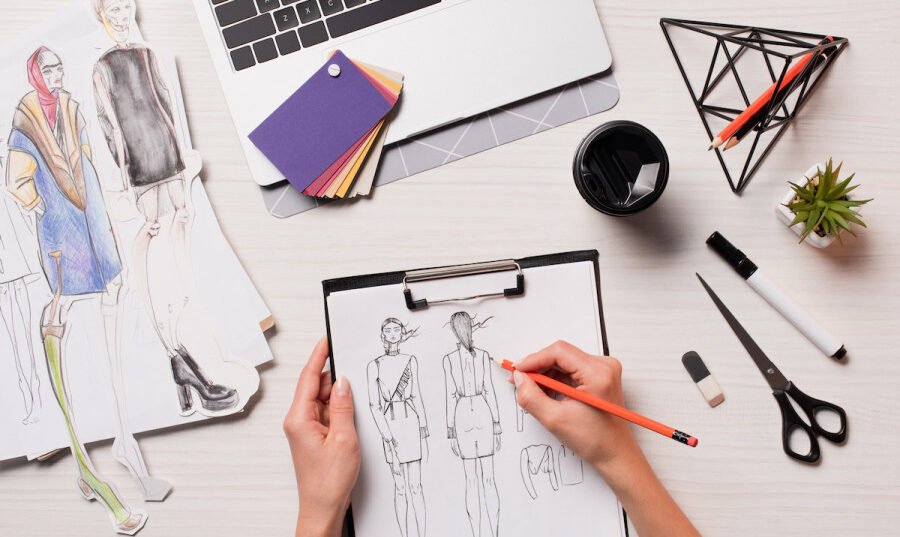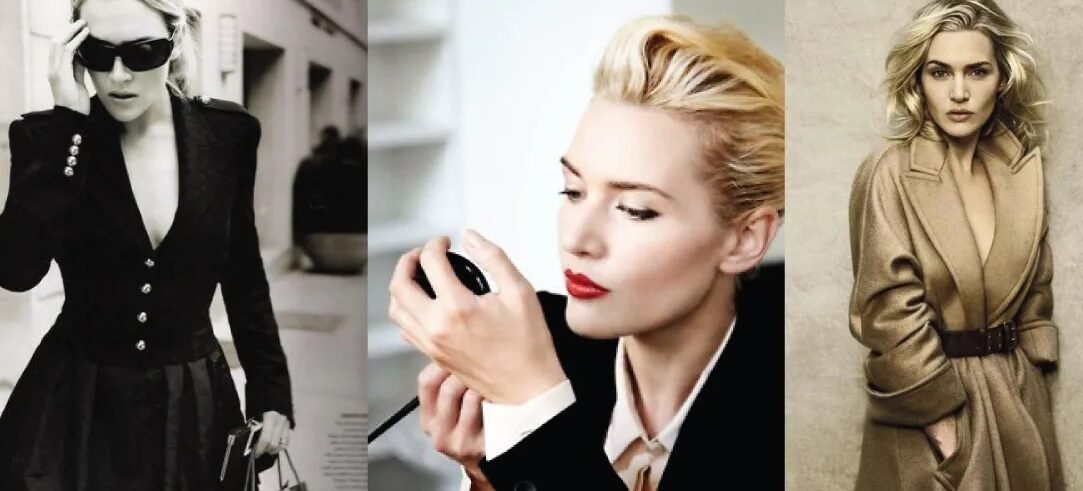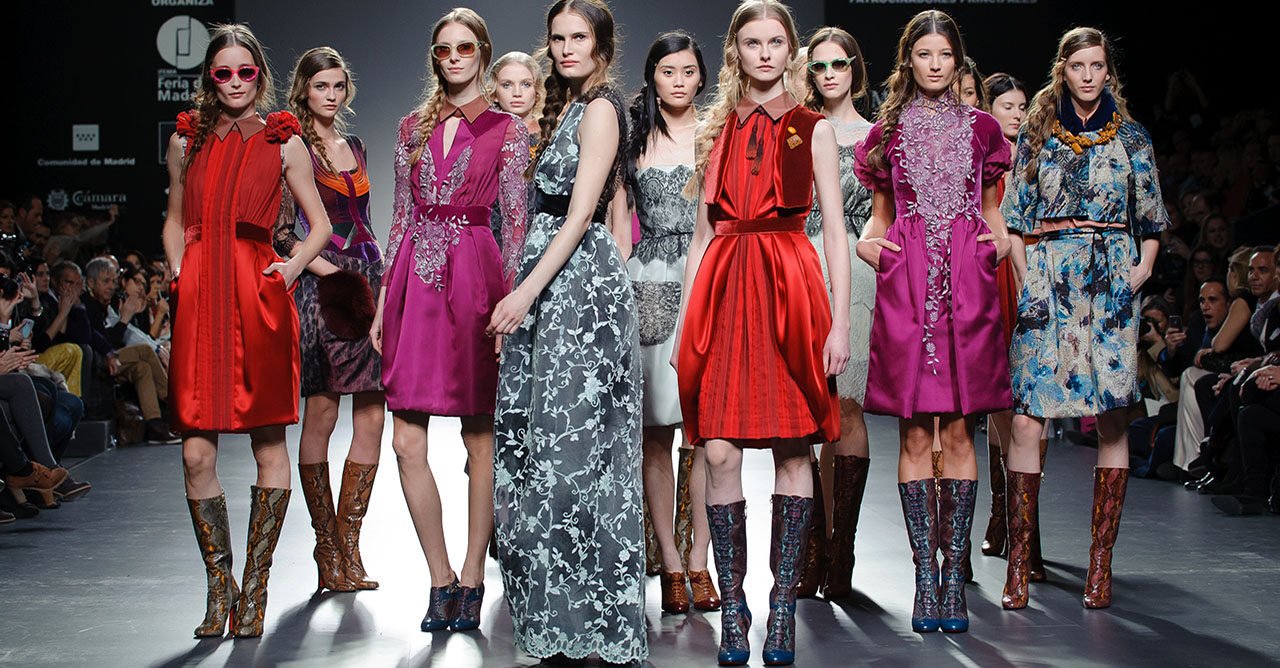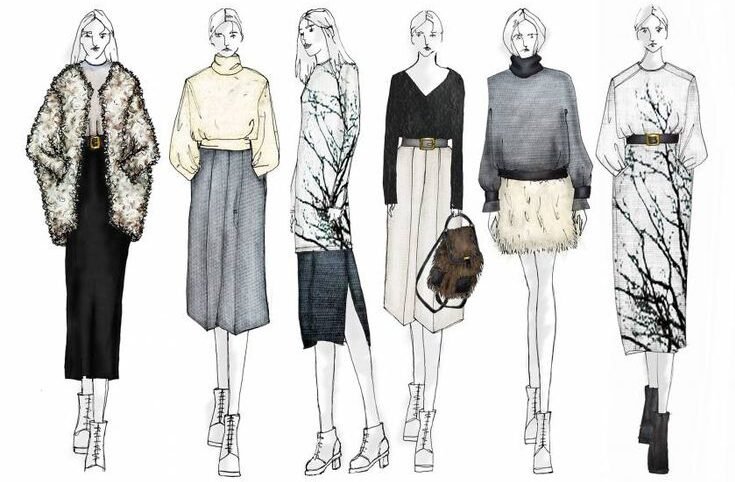No formal training either certification is needed to become a successful fashion designer; however, that doesn’t make the task any less difficult. To be the next fashionista, you’ll require a mix of sewing, drawing, and design expertise, familiarity with the industry, and a steadfast determination. It is also necessary to develop a solid portfolio of your fashion work and generally improve your finance and business knowledge.
[powerkit_toc title=”Table of Contents” depth=”2″ min_count=”4″ min_characters=”1000″ btn_hide=”true” default_state=”expanded”]
Honing Your Fashion Design Skills
- Improve your abilities. Fashion designers who are successful can demonstrate a range of abilities, such as drawing, a keen eye for texture and color, the ability to see ideas in 3D, and the technical skills required in cutting and sewing every kind of fabric. Get expert sewing instruction in case you’ve not already learned the art of sewing well. The ability to sew tough fabrics in challenging conditions will keep you in a good position throughout your career, but you have to practice it. It’s a talent that’s not easy to master for the majority of people.
- Know how fabrics can move, drape, breath, respond when worn, etc. An in-depth understanding of fabric is vital to use it correctly when creating. Be aware of where you can get materials from.

- Learn from designers who have been around for a while, Not just their names, however, but their backgrounds as well as their distinctive style and the education they took on, and the places they took their classes. Understanding this will enable you to become an even better designer because you can take their ideas and develop your own ideas.[22.
- Learn to make storyboards and ranges of products. Know how to analyze trends and draw ideas through social media channels, comparison shopping, and trade shows.
- Develop these skills from an early age. Be prepared to commit many hours to master your skills. Just a little every day will help you develop an understanding of fashion in the long term if you’re planning to make your career. Doing everything at once could make you overwhelmed.
-
Read Also: Top 9 Fabulous Fall Fashion Dress Trends
Trying to Determine Which Style is Yours
Choose which design field is the one that interests you most. It is possible to start from the bottom, but you should be aware of your goals in regards to the type of design you’d like to continue to do for the rest of your life. Are you most interested in high-end fashion, ready-to-wear leisurewear, mass market, or niches like eco-friendly clothing? Each of these has pros & cons, which you’ll have to consider before making a final decision on the best path to take. You’ll also have to select several sub-set areas to focus your fashion style within these fields. You may want to explore several of them, but at first, do not overdo it since it’s best to refine your design within a specific area and then try different areas when you’ve got a position in the market. For instance:

- Women’s daywear, women’s evening wear
- Men’s daywear, men’s evening wear
- Boys wear, girls wear; teenagers wear
- Sportswear/fitness/leisurewear
- Knitwear
- Outdoor, adventure, outerwear
- Bridal wear
- Accessories
- casual
- Design of costumes for movies, theatres, as well as the advertising industry and retailers.
Fashion Industry is Ready for you
Examine your abilities and character openly before you embark on the career path of fashion design. It’s possible that you love clothes, but that’s just one part of the equation when you’re working in fashion design. It is also necessary to have exceptional communication skills as well as a desire to put in the hours (often at all times) as well as a tough stance when you’re being criticized, the ability to manage anxiety, a willingness to work with several bosses and/or clients and an understanding that you will experience some loneliness or even isolation (depending on the way you plan your career or business in the field of design) and the capacity to be a self-motivated, person who is self-starting.

- A fashion designer might be suitable for you if: you are looking to devote your entire life to this field (it’s the definition of your “vocation”). You aren’t afraid of uncertainty or fear. You are prepared to defend your beliefs. You have your own opinions about what’s important to fashion, you are able to listen to your clients with a great ear, and you are aware of the fashion design industry in detail and live, eat and live by fashion.
- The fashion designer is probably not the right choice for you if: You don’t handle stress well, You don’t like the uncertainty or insecurity, You want a profession that doesn’t have too many highs or lows, you require others to applaud your work, you require lots of direction as well as you are averse to being financially unstable and have too many different pursuits in life.
Setting Yourself Up for Success
- Be aware of the business aspect that comes with fashion. Being successful as a fashion designer is not just about the ability and imagination, but it also requires a thorough understanding of fashion’s marketing and business aspects. Stay informed about developments in the fashion design world by reading trade publications regularly, such as Women’s Wear Daily and Daily News-Record.
- Many fashion design courses include classes in marketing. Certain programs or majors emphasize advertising more strongly than others. So make certain to conduct a thorough study on the courses offered in the degree you pick. If you’ve completed an academic course but didn’t get the financial and marketing aspect of the business, you might want to consider taking short courses on these areas of business.

- Learn beyond design. There’s an entire supply chain that is part of the fashion design industry. You must understand the role of each individual in order to think from their perspective also so that you can negotiate compromises, satisfy expectations and comprehend how things are held up. Learn about the work of others, including merchandisers, buyers, pattern cutters, fabric and garment technologists, quality controllers graders, sample machine operators, sales representatives, PR and marketing personnel, fashion journalists, event organizers, retailers, fashion stylists, and more.
- Know your customers. This essential skill is vital and is something the fashion designers should keep in mind. Be aware of how much your clients are spending, their lives, their preferred places to shop, prefer to shop, what they prefer to shop, and what they enjoy and don’t like. Find out what are the absolute needs and what are things that can only be purchased in times when disposable incomes aren’t as restricted. If you’ve worked in marketing, then you’ll have a good understanding of the best way to identify customer needs.
Find Jobs in Fashion Design
There are many methods to get employment within the fashion design industry as a designer, and it depends on the type of designs you’re interested in. In certain instances, being flexible can help you tremendously in order to learn and move on to your genuine interest later. You’ll have to persevere and try applying to various locations to get your foot in the right direction most of the time. Some places to apply include:
- Fashion design houses that are currently operating and designers – search for entry-level internships, paid jobs as assistants to designers, etc.
- Costume positions at theatres, movie studios as well as costume stores.
- Online ads through various job sites
- Use your word of mouth or contacts from the fashion design industry to get you in the doors. It is a great method to start a business that appreciates those who are in a good position to share.
- If you own your own business in design, ensure that you are financially smart. You may be extremely imaginative, but you must be certain that you must be business skilled if you have your own label for fashion. You must be able to comprehend the financials and the invoices that continue to pile over your table. If you are really averse to these things.
Your Competitors
Be honest. You might require to adapt to your competitors, but that will depend on the way you work and market. Being realistic is recognizing that it’s useless to market a large amount of high-end fashion design to those who just want professional clothes in a rural town. 
- Be aware of your surroundings. If you’re creative, one of the most important aspects of your creative process is being with like people and getting their ideas and ideas. It’s much more difficult to be creative on your own or in a group with those who don’t like your style of thinking.
- Keep in mind that the seasons affect fashion design and can have an effect on the style of clothing you’re creating and the location you want to market it.
- Think about the potential of selling your products online. If you’re using high-quality 3D images that are able to be turned and zoomed in, selling your clothing online to anyone in the world is a real possibility in the present. This gives you more flexibility when it comes to where you be based and also cuts down your daily commute to nothing. This could be a fine option for those who plan to remain in a small fashion design house. But even then, you must still be prepared to travel to big fashion exhibitions.
- Being in a city with an active fashion design industry is great for many fashion designers. Based on the Global Language Monitor (GLM). The following cities were among the most fashionable capitals of fashion around the world during 2012 in order of decreasing importance:
- London, England
- New York, US
- Barcelona, Spain
- Paris, France
- Mexico City
- Madrid, Spain
- Rome, Italy
- Sao Palo, Brazil
- Milan, Italy
- Los Angeles, US
- Berlin, Germany.
Creating Your Fashion Portfolio
Create an exhibit with your completed work. Your portfolio of design is crucial when applying for design positions and internships since it’s your chance to promote your skills and work. Your portfolio should show off the best work you have done and show off your abilities and creative thinking. Utilize a quality binder to prove that you’ve taken your work seriously as a designer. Include the following information in your portfolio:

- Sketches hand-drawn or photos from these drawings
- Computer-drawn designs
- Resume
- Concept pages or Mood pages
- Texture or color pages
- Other items are representative of the things you’re capable of and what you’re evolving into.



